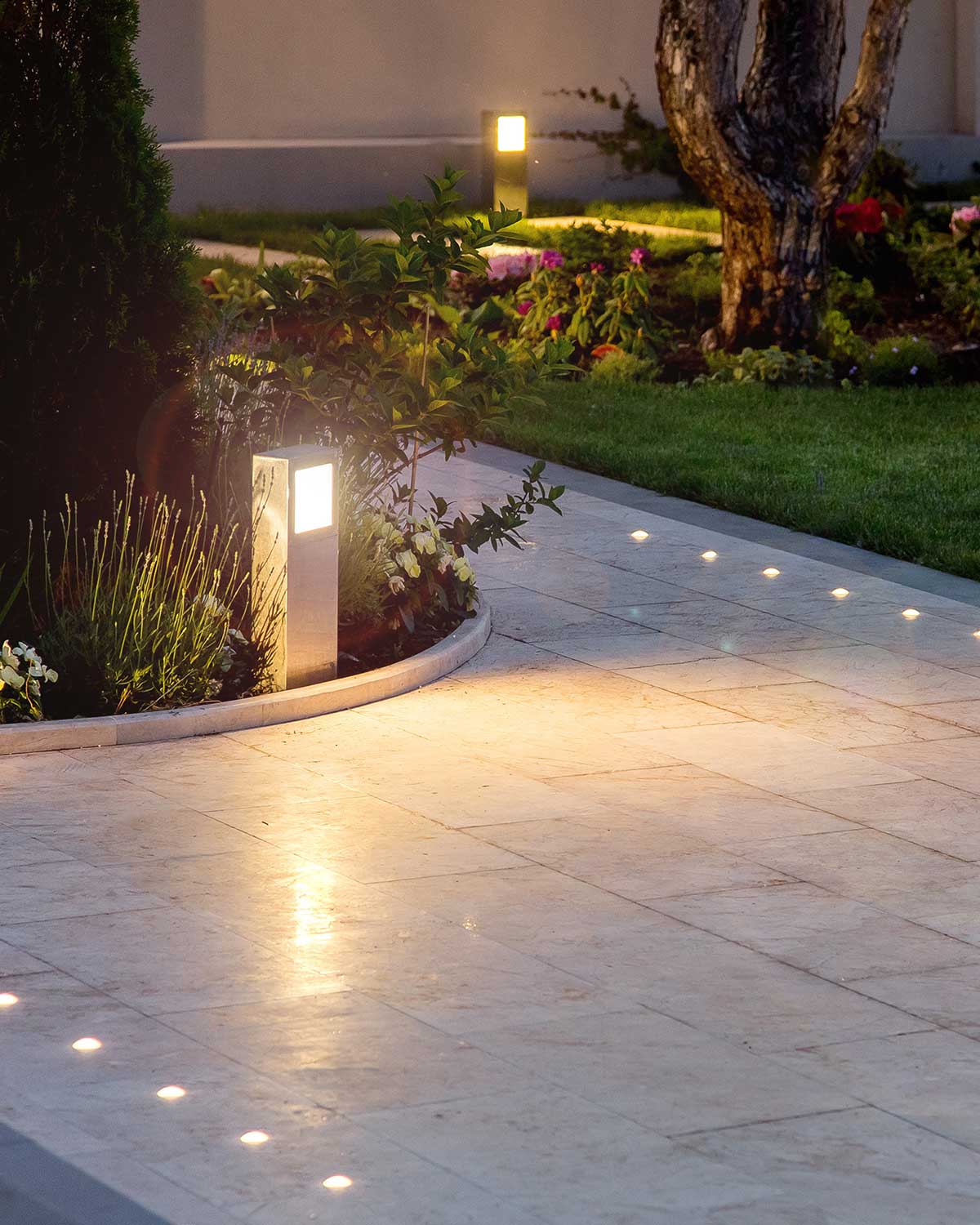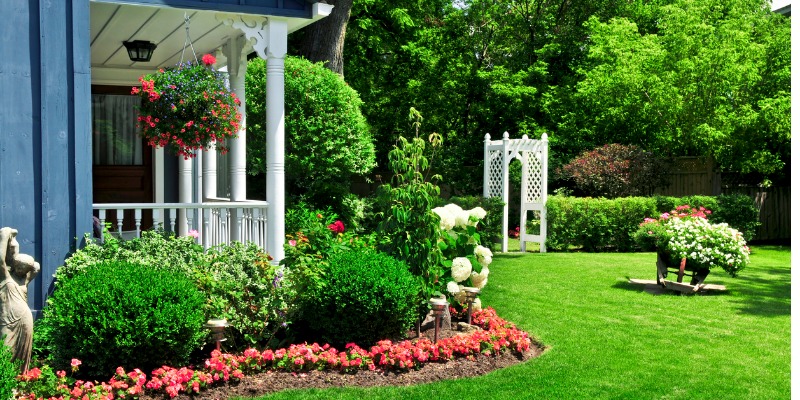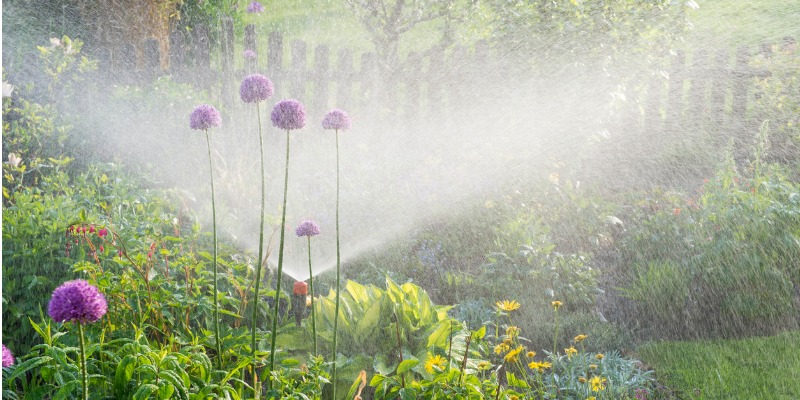Your garden should be a place for relaxation and a place to stay cool during the long summer days. But extreme weather conditions and record-breaking temperatures often have the potential to cause havoc, making your garden look a little less desirable. The fact that growth and nutrient requirements of plants naturally decreases during summer also makes it crucial to keep an extra eye on them.
With the temperatures steadily rising, the question of how to protect your plants from a heat wave especially is a common concern for many gardeners, but with a bit of TLC and know-how, you can carry them through the harsh conditions of summer and continue to enjoy your garden without worry.
How to Protect Plants from Heat Wave
If you’re concerned about how your plants will fare during the hottest days, follow these handy tips to keep your garden thriving:
Keep Grass Longer During Summer Months
- The longer leaf blades will shield the soil from the sun, thus helping it retain moisture. Your garden will stay cooler, reducing the impact of the sun.
- Keeping your grass long will also cut down your mowing Maintain approximately a ½-inch longer than you usually do.
- Ensure your mower blade is sharp so it doesn’t damage the leaf tips.
- Mow in the morning or the evening to allow the lower and shielded leaves to get accustomed to the elements.
Change Your Fertilizer
- When the temperature rises, it can reduce the soil’s ability to absorb nutrition in fertilizers. Using too much fertilizer can have the opposite effect and burn plants. Use a liquid fertilizer that has improved absorption in high temperatures.
- Alternatively, drought-proof your plants by using an organic fertilizer containing seaweed extracts. Mannitol and Betaines (that naturally occur in seaweed) are known to help plants cope better physiologically with stress from drought.
Use More Mulch
- Add extra mulch as it provides a vital barrier to cool the soil and hold moisture. This means your plants will require less water to thrive.
- Mulch also supresses the growth of most weeds and provides plants and shrubs with nutrients. It is an efficient, organic and natural substitute for herbicides and fertilizers.
- In hot weather, use well-composted mulches such as bark chips or light, reflective mulches like straw or saw dust.
Water at the Right Time
- Water plants in the morning before the heat sets in (before 10am). This will keep plants hydrated through the day and help keep temperatures down.
- The next best option would be late afternoon, when the worst of the heat is over, but before evening. You want leaves to stay dry during the night to avoid fungus taking root.
- Avoid mid-day watering as this can scald plants instead of having a cooling effect. Plus, most of the water may evaporate before soaking into the soil and reaching the roots.
A few other steps to consider are moving tender plants into well shaded areas, or constructing your own make-shift sunscreen.
Remember, the keys to keeping your plants protected during a heat wave are making sure that they’re well hydrated, staying cool, and that they have sufficient nutrients. For more information or questions for all of your garden needs, contact Wright Landscape Services.

Need inspiration?
When you start to think about designing the perfect yard, deck, patio or backyard oasis, it can be helpful to have some solid ideas of what you want to achieve. We can help with that.


